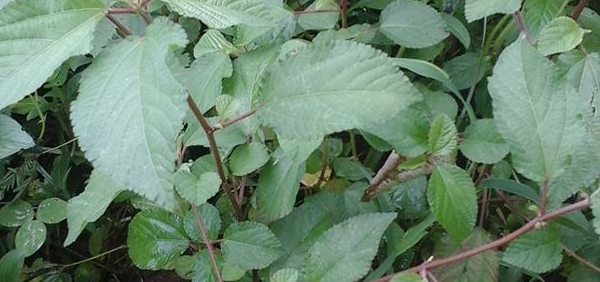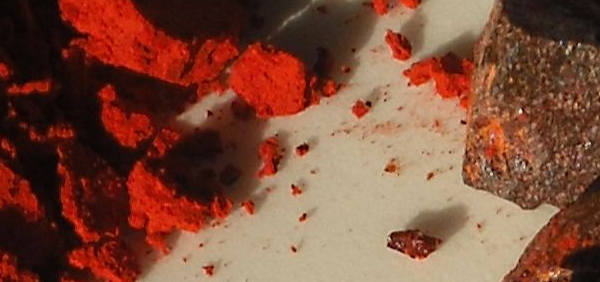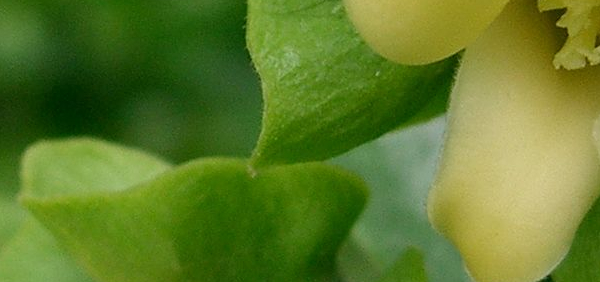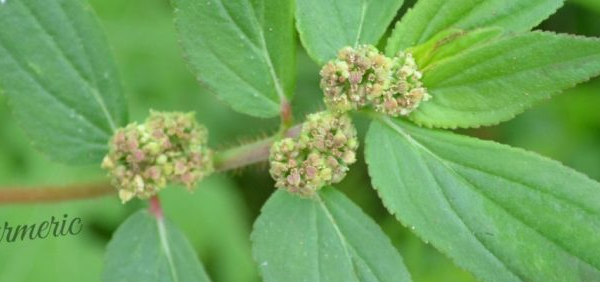kutira :
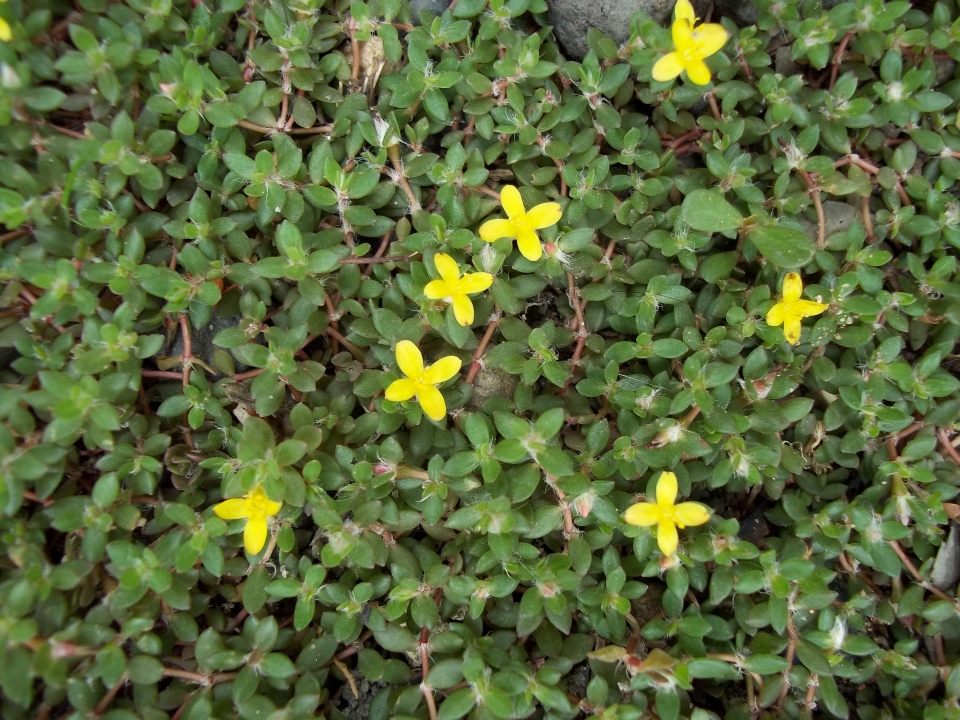
Cultivation:
The plant is widespread in the tropics. It grows best in areas where annual daytime temperatures are within the range 22 - 32°c, but can tolerate 16 - 36°c. It prefers a mean annual rainfall in the range 1,500 - 2,000mm, but tolerates 1,000 - 2,500mmRequires a sunny position in a well-drained soil. Tolerant of a wide range of soils but prefers sand or sandy loams. Plants can succeed in quite poor soils. Prefers a pH in the range 5.5 - 6.5, tolerating 4.5 - 7.5.
Plants can become troublesome weeds of cultivation, since they break up easily and even small fragments can grow into new plants. In addition, the seeds are easily spread by wind, water, with crop seeds or through bird droppings.
The plants take about six to eight weeks to produce a crop from seed and can then be harvested every two weeks on a cut and come again principle.
This species photosynthesizes by a more efficient method than most plants. Called the C4 carbon-fixation pathway, this process is particularly efficient at high temperatures, in bright sunlight and under dry conditions
Propogation:
Seed - fresh seeds need light for germination, but this requirement disappears in older seedsHarvesting:
Portulaca species flowers are complete, bisexual, i.e., with functional male (androecium) and female (gynoecium), including stamens, carpels and ovary; rarely unisexual. Pollination is entomophilous i.e., by insects, or cleistogamy i.e., by self or allogamy i.e., by cross pollination. Flowering/Fruiting: throughout the year.- » Classification and names of kutira
- » Synonyms and definitions of kutira
- » Drug Properties of kutira
- » Chemical Constituents of kutira
- » Standardization of kutira
- » Parts used and Dosage of kutira
- » Morphology and Histology of kutira
- » Distribution and Conservation of kutira
- » Cultivation of kutira
- » kutira in the market
- » Medicinal Uses of kutira
- » Researches and clinical trails of kutira
- » kutira in other sytems of medicine
- » Ayurvedic formulations with kutira
- » Images of kutira




